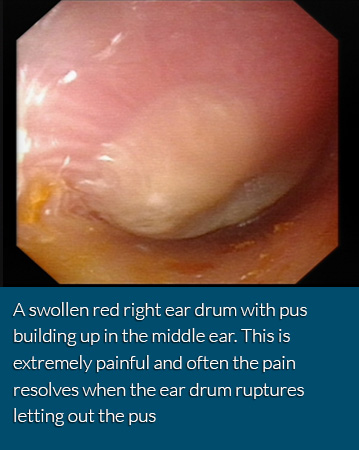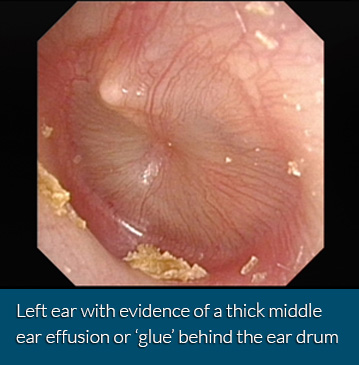Childrens’ ENT
All our surgeons are trained in Children’s or Paediatric Ear Nose and Throat Surgery, and regularly manage children with common ENT conditions. Our staff provide a child-friendly service and ensure that all children feel at home at all times. We reserve the best of care for the kids who come to see us. Most children are naturally anxious, and we do our utmost to ensure that the consultation and examination are as pleasant as possible.
We see a range of paediatric conditions including ear infections, tonsillitis, allergic rhinitis, sinusitis, hearing problems and speech delay. We see children with large adenoids and tonsils that require adenoidectomy and tonsillectomy. We also see children with hearing problems from congenital hearing loss to glue ear and offer a range of treatment options from grommet or ventilation tube insertion to cochlear implantation.
Adenoids and Tonsils

Adenoids and tonsils are a normal part of a child’s anatomy forming what is known as Waldeyer’s ring. They are involved in the development of immunity. They often enlarge from the age of 3 years but then regress after the age of 8. In some children the enlargement causes obstructed breathing. This presents as obstructive sleep apnoea at night and affects the quality of their sleep. Enlarged tonsils and adenoids also lead to poor respiratory health with chronic cough and recurrent respiratory tract infections being the main manifestations.
In older children, recurrent tonsillitis or “strep throat” may cause severe sore throats with fever and the inability to eat and drink adequately.
Middle ear Infections (Acute Otitis Media)

Ear infections are common in children. Infections of the ear canal are called outer ear infections or otitis externa and are often caused by swimming. Despite the frequency of swimming amongst young children in Singapore, we see middle ear infections far more often. These infections are called acute otitis media. They are invariably due to infections of the upper airways that spread via the eustachian tube to the middle ear.
Acute middle ear infections often present with severe pain and fever. The child often wakes up at night screaming in pain. Pain killers such as ibuprofen (Nurofen) works well. In many cases, antibiotics are not necessary. In severe cases or in very young children, a short course of antibiotics is prescribed. When children suffer frequent episodes of middle ear infections, the insertion of a grommet or ventilation tube may be advised.
Glue Ear (Otitis media with effusion, chronic mucoid otitis media)

Children sometime develop thick fluid in the middle ear. This results in a mild hearing loss and can affect their speech. If this fluid is persistent, we often advise the insertion of grommets. Grommet insertion is a simple procedure done under general anaesthesia. The restoration of hearing is virtually instantaneous.

